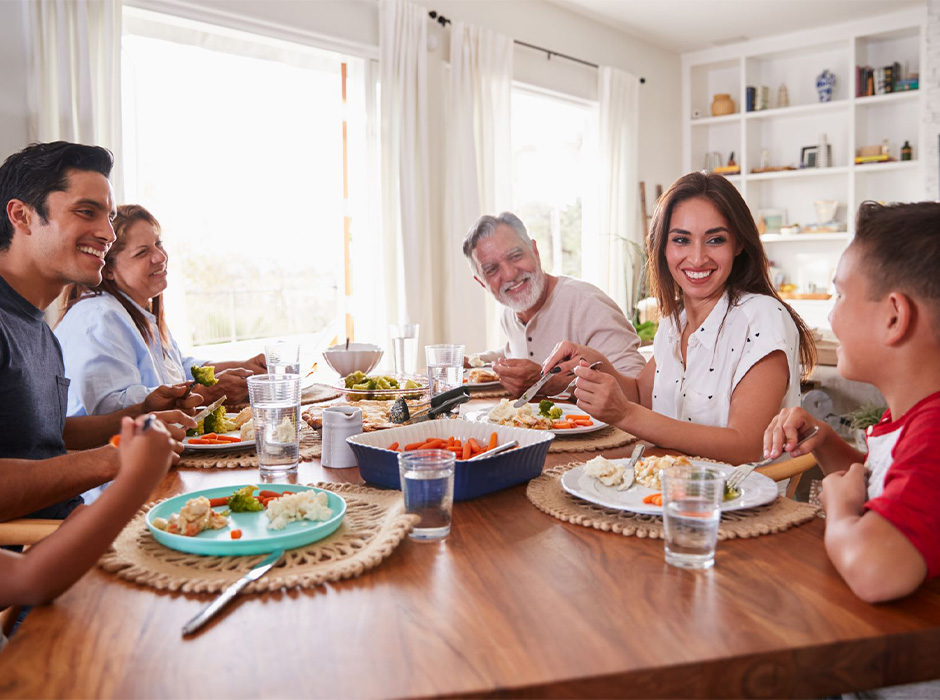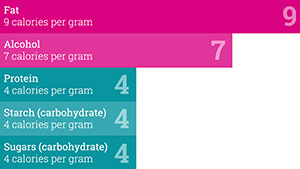FAMILY MEALTIME PLANNING
Many of us lead busy lives looking after little ones, so finding time to do the shopping and prepare meals for the family can sometimes feel like a challenge. Add to this the importance of giving your family a balanced diet and it can make mealtimes seem even trickier. However, the good news is that healthy eating doesn’t need to mean spending lots of time in the kitchen.

HERE ARE SOME EASY TRICKS AND TIPS YOU CAN DO TO AT HOME TO HELP YOUR FAMILY ENJOY HEALTHY MEALS, WITHOUT SPENDING HOURS COOKING EVERY NIGHT!
-
Cook in bulk. Cooking in bulk, or batch cooking, can really help save time so you have healthy meals ready to go – it can also help save money. Making a big dish on a Sunday, such as tuna pasta bake or a vegetable curry, means you’ve got something tasty and healthy ready to eat for dinner in the week. You could even bulk cook some pasta (go for wholewheat or added fibre pasta if you can) and pop it into the fridge in portions for some quick meal bases during the week.
-
Plan ahead. Being prepared and planning your meals for the week ahead can help you cut down on waste and save money. Look at what you already have in the home, and plan meals around this. You may be surprised at what you can make with even just a few ingredients! Then you can write a shopping list of any missing items. Stick to your list and avoid impulse buys, if possible.
-
Whip up sauces from scratch. Having products or ingredients like canned chopped tomatoes, coconut milk or curry pastes in the cupboard is handy for speedy homemade sauces. These can be used for the base of dishes likes soups, stews or pasta, or even as a sauce to go on top of plain fish or chicken fillets. You can also go for ready-made sauces – all the ingredients that have been used to make the sauce will be found on the ingredients list and shown in order of weight. You can always add extra vegetables too.
-
Use pulses. These foods (beans, chickpeas, lentils) can really help when time is tight, as they are quick and easy to add to meals. They can be very good value and are a great alternative to meat as they’re naturally low in fat and are a source of plant protein, fibre and lots of vitamins and minerals. You can usually buy pulses dried or in cans and make for a perfect addition to salads or a no-meat bolognaise sauce. If you’re buying canned pulses, try and look out for those without added salt and sugar.
-
Quick carbs to the rescue! We should be basing our meals on starchy carbohydrates as part of a healthy balanced diet (preferably higher fibre versions), but what’s more is that most are very quick to cook. Couscous, for example, just needs to be covered with some boiling water and left until absorbed. Add some peppers, onions, tomatoes, lemon juice and maybe even some chickpeas – no need to cook, you can keep the veggies raw!
-
Eggs in minutes. Eggs are a great option if you are tight for time and need a quick meal. Nutritionally, eggs are a great component of a meal as they contain high quality protein, omega-3 fatty acids, vitamin D and other important minerals. Why not whip up a Spanish tortilla? Combine potatoes and onions with chopped tomatoes, spinach and whisked eggs, then bake until golden.
-
Make the most of your freezer. If you have a freezer, frozen vegetables are a good addition as they are normally pre-chopped, so can be boiled quickly or added straight to any sauces for extra fibre, vitamins and minerals. Don’t believe the myth that frozen isn’t as good as fresh. In some cases, frozen vegetables actually contain more of some nutrients than fresh. Equally, if you have fresh vegetables in the fridge that you don’t know how to use, you could cook them in a big batch and freeze them into portions for another time. Canned fish like tuna, salmon or mackerel are also a quick, easy and nutritious addition to meals.
-
Love your leftovers. Using your leftovers is a great way of saving money and reducing your food waste. Do you have loads of bits of vegetables in the fridge that you don’t know what to do with? Instead of throwing them away, pop them all in one pan – you could make a vegetarian chilli and mix the with some couscous, or combine them with those canned tomatoes at the back of your cupboard and make a big pasta bake or risotto. Make sure you use your leftovers safely, heat thoroughly and don’t include foods beyond their use-by date. Another good tip, if you don’t use bread that often, pop it in the freezer the day of purchase and take one slice out at a time when you need it.



